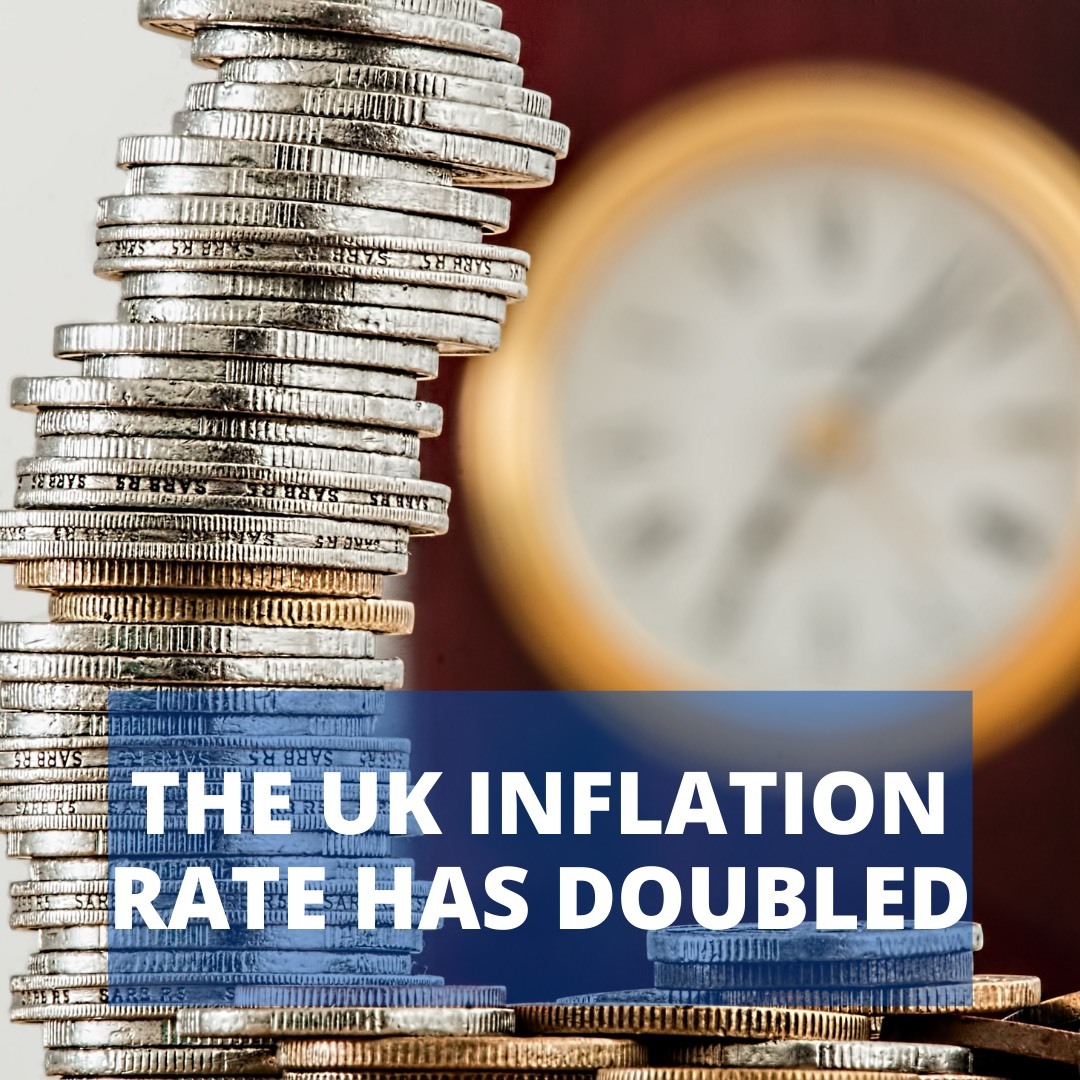The UK Inflation rate during the pandemic and after the lockdown
The UK Inflation rate increase to 1.5% in April from 0.7% in March indicates that consumer prices are climbing at their quickest rate since March 2020, when the pandemic began. According to the Office for National Statistics, the rapid increase was mostly due to a rise in costs from low levels at the start of the pandemic a year ago.
According to the ONS, inflation increased after lockdown restrictions were lifted and stores reopened on April 12. Clothing and footwear costs rose in March, reversing an extraordinary drop in February. Meanwhile, gas and electricity costs jumped dramatically after the default tariff cap was raised, following a reduction the previous year.
Economists projected an increase in inflation in April, but there are concerns that skyrocketing inflation this year as the global economy recovers from the pandemic will force central banks to boost interest rates.
It is one of the most important indicators of financial well-being since it influences what consumers can buy with their money. Money does not go as far when there is inflation.
Prices are presented as a percentage rise or decrease over time. For example, if the cost of a litre of gasoline rises by 2% every year, motorists must pay 2% more at the pump than they did a year ago.
Bank of England on UK inflation rate
The Bank of England announced that UK inflation is approaching its 2% objective and is likely to reach 2.5% by the end of 2021.
This is due to an increase in global energy prices, the expiration in September of Covid emergency cuts to value-added tax (VAT) in the hotel sector, and comparisons to the 2020 pandemic collapse.
Inflation is expected to return to 2% in 2022 and 2023, according to the Bank.
Andrew Bailey, governor of the Bank of England, indicated (18/05/2021) that there was no compelling indication that increased costs paid by manufacturers were passing through to consumer prices. However, he added that the Bank "will be watching this extremely carefully" and would take appropriate measures if necessary.
Lockdowns are deflationary because they prevent us from shopping, travelling, and mixing, reducing demand for everything from consumer products to energy. As the global economy gradually reopened, a return to more normal levels of inflation was always likely.
Andrew Bailey also said that he had not yet seen significant evidence of growing costs being passed on to consumers. However, numbers reveal a 9.9% increase in input prices - what manufacturers pay for raw materials. This is the fastest increase in four years, and it is faster than most economists predicted.
A little inflation, on the other hand, usually stimulates individuals to buy things sooner and makes it simpler for businesses to raise salaries. Both of these factors contribute to economic growth. For accounting and business advice, please contact Persona Finance at [enquiries@personafinance.co.uk].



